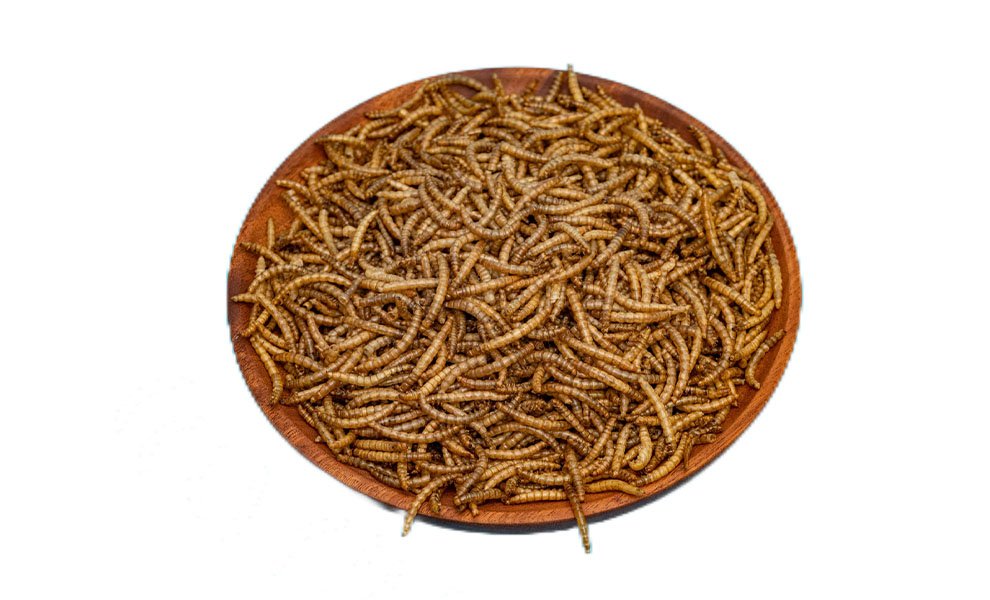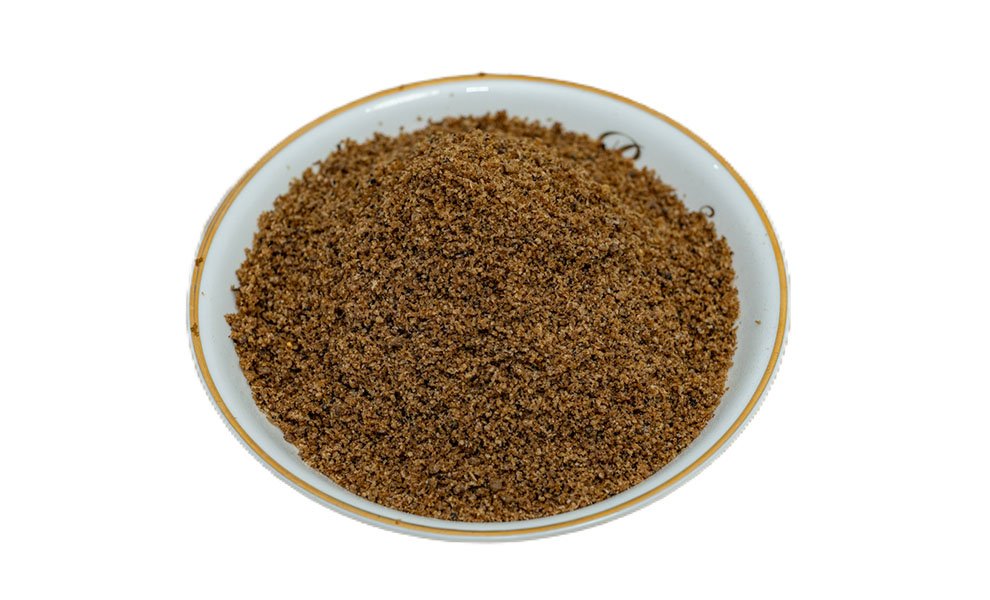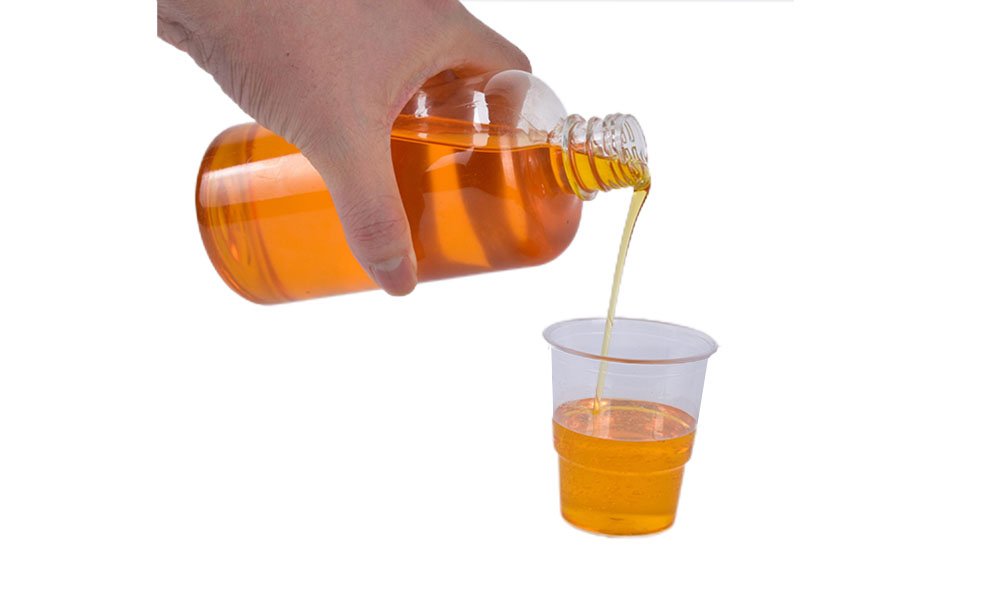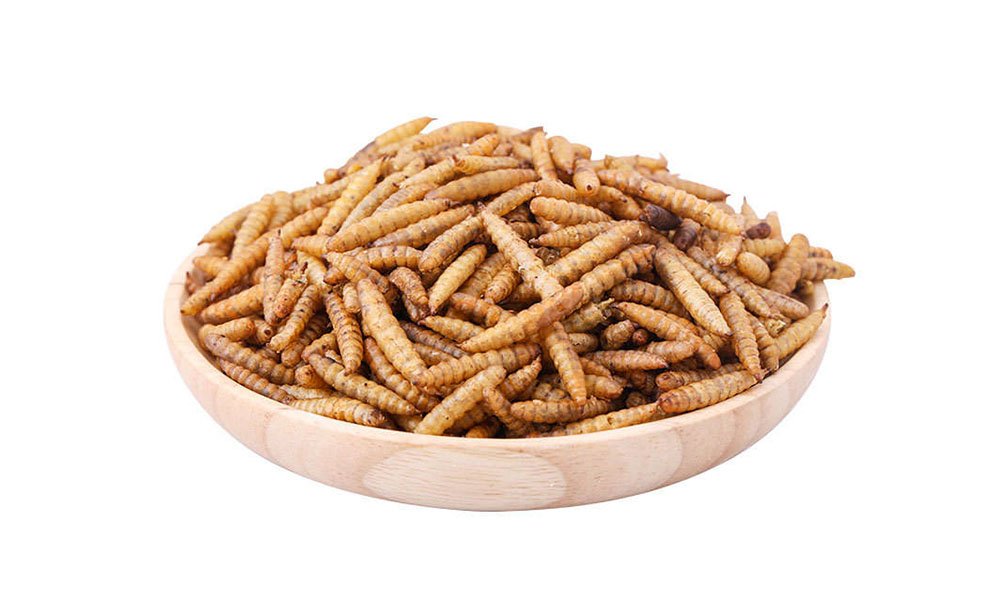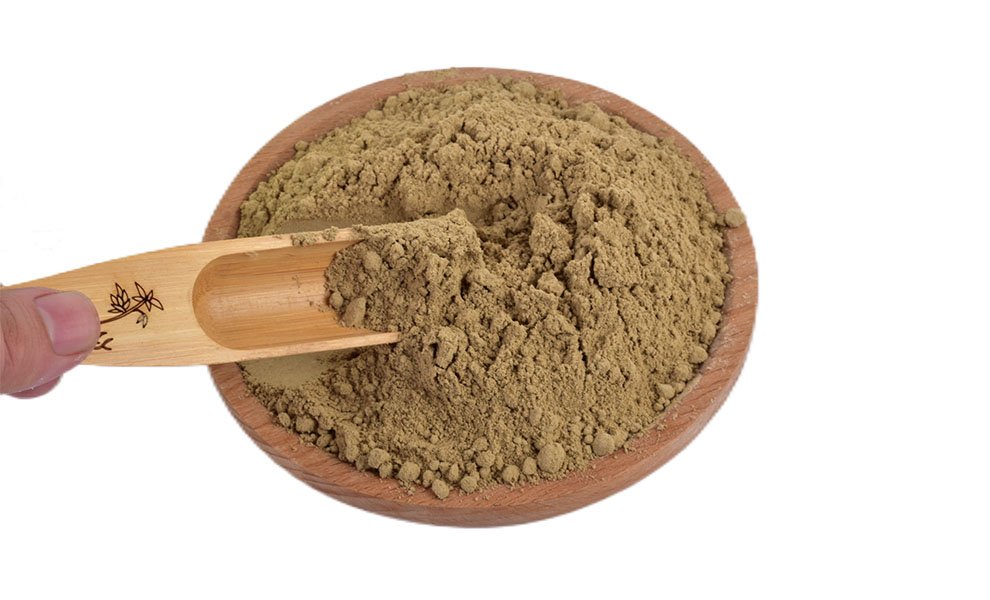Qingdao Sino Crown Biological Engineering Co., Ld. is located in a coastal city-west coast of Qingdaowhere show beautiful environment, suitable climate, and developed trade. The registered capital is 10million yuan. Qingdao Sino Crown Biological Engineering Co, Ld. is centered on developing yellow mealwormcultivation by using biotechnology. lt is a diversified enterprise integrating with development, production.promotion, technical services, processing and marketing. Now, deep processing series products ofyellow mealworm include degreasing yellow mealworm protein powder, insect oil, dried yellowmealworm and dried pupa. These products have passed the inspection in food quality supervision andinspection center in Ministry of Agriculture.Dried yellow mealworm and dried ...
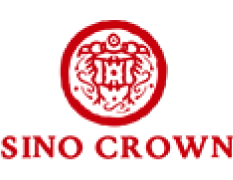
 English
English Deutsch
Deutsch Español
Español Français
Français 日本語
日本語 한국어
한국어